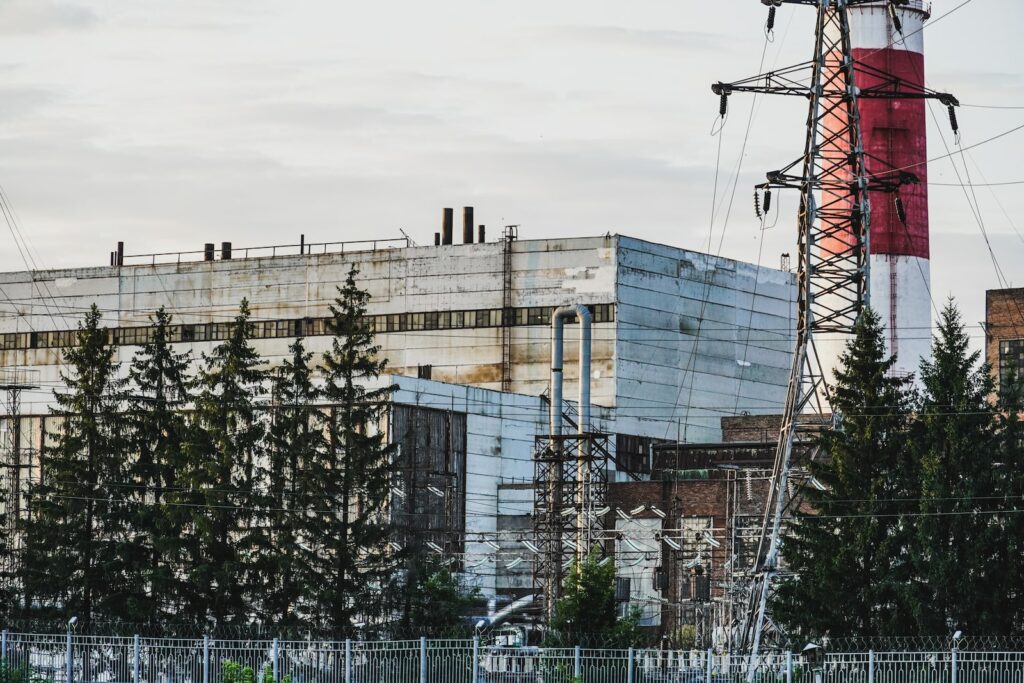“Exploiting the Abundance of U.S. Shale Gas: Overcoming Obstacles to Fuel Switching and Expanding the Gas Distribution System,” Energy Law Journal, Vol. 34, No. 2, 2013.
https://www.eba-net.org/wp-content/uploads/2023/02/5-17-541-Costello.pdf
Original Posting
Kenneth W. Costello,
Features of good utility-initiated energy assistance,
Energy Policy,
Volume 34, No. 2
2013,
111345,
ISSN 0301-4215,
https://doi.org/10.1016/j.enpol.2020.111345.
(https://www.sciencedirect.com/science/article/pii/S0301421520301026)
Synopsis: The shale gas revolution has dramatically changed the outlook for natural gas in the U.S. It has fostered industry action and governmental policies aimed at increasing the consumption of natural gas both domestically and internationally. This article examines both the public-utility regulatory and market obstacles to achieving fuel conversions to natural gas. These obstacles, which affect either the demand- or supply-side of the natural gas market, can deter socially beneficial actions by energy consumers. As the saying goes, it takes two to tango: Without the willingness of consumers to change their energy source or the availability of an infrastructure to deliver the gas, fuel switching will not happen. This article focuses on what state public utility commissions can do to promote fuel switching and gas line expansions. It also examines the expected commission responses to positions proffered by stakeholders in their support or opposition to gas line extensions.
[2013] SHALE REVOLUTION & FUEL SWITCHING [pg. 543]
I. THE ABUNDANCE OF U.S. SHALE GAS AND IMPLICATIONS FOR THE DEMAND SIDE OF THE GAS MARKET
Shale gas has been one of the few bright spots in the U.S. economy since 2007. Hydraulic fracturing, along with horizontal drilling, has made it possible for the United States and other countries to recover large amounts of shale gas economically, which promises to serve domestic natural gas consumers for several decades. The energy guru Daniel Yergin has called this development the “biggest energy innovation” of this century.
The potential benefits of recovering these recently discovered vast resources in terms of job creation, cost savings to energy consumers, improved balance of trade, reduced energy dependency on foreign sources, and increased revenues for local, state, and federal governments are large and undeniable. Overall, the abundance of shale gas is a major positive development that promises to bolster the U.S. economy.
The shale-gas revolution has motivated the U.S. natural gas industry to increase the consumption of natural gas. Since 2007, increased domestic gas production has led to an oversupply of domestic gas supplies, as demand for natural gas has failed to keep pace. Potential areas for growing natural gas demand include natural gas vehicles; electricity generation; industrial demand; residential, commercial, or industrial fuel switching from electricity, oil, propane, or coal to gas; and exports. So far the most promising driver of increasing demand for U.S. natural gas is electricity generation, either from the retirement of coal-fired plants or the addition of new generating capacity. Exports more marginally have the potential to grow demand and make the domestic gas sector more profitable. Extending gas service to new areas, which is the topic of this article, would have the same effect.

